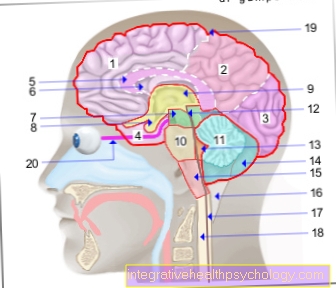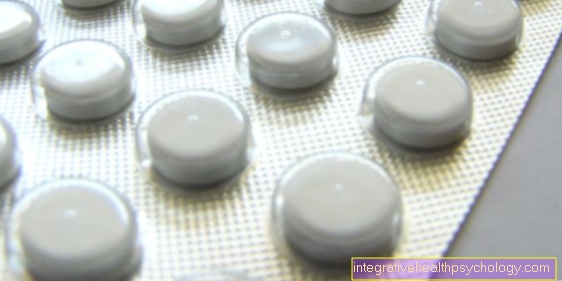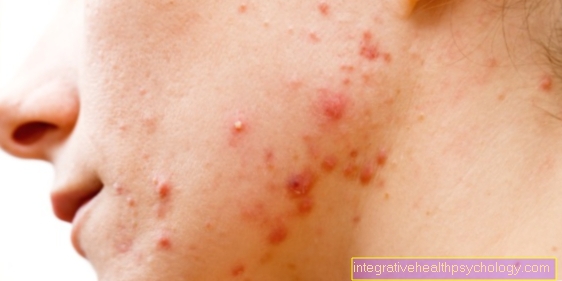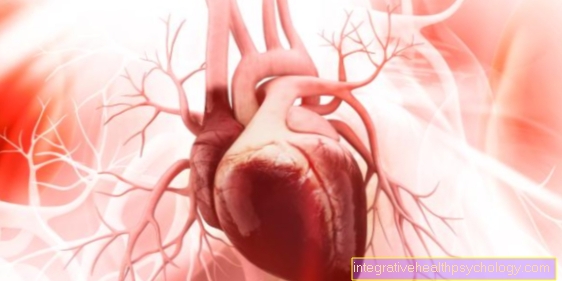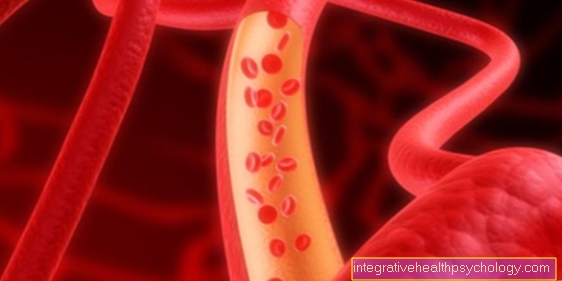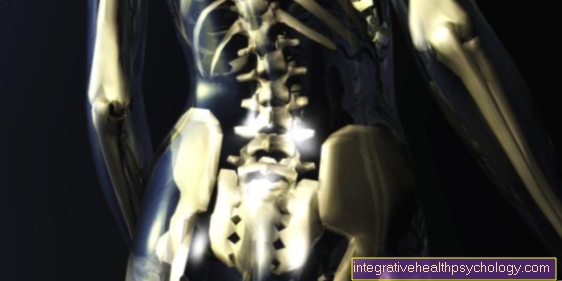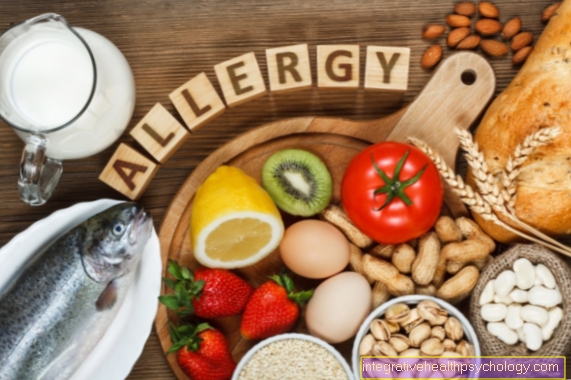Methemoglobinemia
definition
Hemoglobin is a protein found in the red blood cells, the erythrocytes. It gives the cells their red color. An iron ion is part of this protein. This iron atom is in the divalent form; it is doubly positively charged (Fe2 +).
In the case of methemoglobin, the iron ion is in the trivalent form (Fe3 +). This form of hemoglobin is unable to bind oxygen and thus perform its physiological function of supplying the body's cells with oxygen. The term "methemoglobinemia" describes the presence of methemoglobin in the blood. This is physiological to a small extent (approx. 1.5% of the hemoglobin content in the blood). Only larger amounts of methemoglobin in the blood can become dangerous.
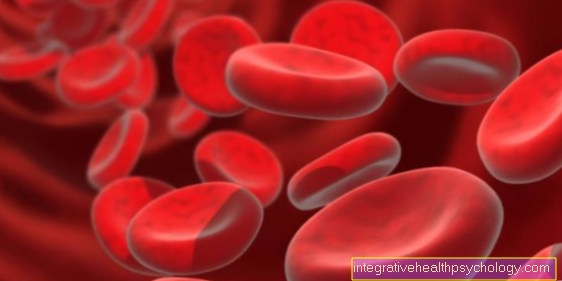
causes
Methemoglobin is produced by a chemical reaction: the oxidation of the divalent iron of hemoglobin to trivalent iron.
The iron atom releases what is known as an electron, which gives it a positive charge. This chemical reaction occurs naturally and spontaneously in the body. The methemoglobin created in this way can no longer bind oxygen.
Mechanisms then run in the body to reduce iron again, i.e. thus to feed him negative charge again. This can be done by proteins that can give off an electron, i.e. negative charge, or by a special enzyme, methemoglobin reductase, which catalyzes a reaction in which the iron is converted back into its divalent form.
If this enzyme is deficient, methaemoglobinemia can occur. With a methemoglobin content of 60-70% in the blood, this can be life-threatening due to the reduced ability of the blood to transport oxygen.
There are other causes that can cause methemoglobinemia. This includes the ingestion of substances that form methemoglobin, e.g. Nitrate, which occurs, for example, in preservatives for meat or cheese. Since newborns still have a reduced activity of the enzyme mehemoglobin reductase, they are particularly at risk from a high intake of nitrate, which can also be found in drinking water, for example.
Some drugs or solvent poisoning can also lead to the formation of methaemoglobin.
Read more about this: Nutrition in the baby
diagnosis
From a certain percentage of methaemoglobin in the blood, it takes on a brown color. This can serve as a diagnostic criterion. To do this, a drop of blood is applied to, for example, filter paper and compared with a normal drop of blood. Blood that is in a vein and has already released the oxygen it had bound can be mistaken for methaemoglobinemia due to its dark blue color. The difference, however, is that deoxygenated blood (blood that has already given off the oxygen) turns bright red again due to the oxygen in the room air. Blood that contains too much methemoglobin is unable to do so and retains its brownish color. Another diagnostic possibility is the microscopic examination of the blood. In methaemoglobinemia, so-called Heinz inner bodies can be found. This is a special morphology of the red blood cells, which is present when the hemoglobin has lost its physiological form.
Symptoms
As already mentioned, a certain amount of methemoglobin in the blood is normal. Approx. 1.5% of the hemoglobin is made up of methemoglobin. From an amount of approx. 10%, there are symptoms of insufficient oxygen supply. The so-called cyanosis is visible in the color of the skin, which appears greyish to bluish. If the proportion is even higher, at approx. 30%, the blood takes on a brownish color. The oxygen saturation is then no longer sufficient. A feeling of weakness, shortness of breath, dizziness and loss of consciousness may occur. From a methemoglobin content of approx. 60%, this condition is life-threatening. There is then a kind of internal asphyxiation condition, since the oxygen is in principle present, but cannot be transported by the red blood cells.
therapy
An antidote to methaemoglobinemia is methylene blue. In the body, provided all the enzymes are sufficiently present, it leads to a chemical reaction in which it is converted into a substance that is able to convert methemoglobin into hemoglobin. If methylene blue is not available or if its effect is insufficient, there is also the possibility of a blood transfusion. The blood, which contains the toxic methemoglobin, is replaced by “healthy” blood.
forecast
The prognosis depends on the proportion of methaemoglobin in the blood and the timely initiation of therapy. If the symptoms are mild and the methaemoglobin content is rather low, therapy with methylene blue can restore the physiological state of the blood. Since many body cells, especially cells of the brain, cannot survive long without sufficient oxygen, too high a proportion of meth
hemoglobin can quickly be life threatening. If effective therapy is not initiated within minutes in this condition, permanent damage can remain.
Course of disease
The course of the disease depends on the proportion of methemoglobin in the blood. Symptoms of a lack of oxygen occur from a proportion of approx. 10%. You may experience poor concentration, headaches and drowsiness. If the proportion increases further, dizziness and a clouding of consciousness up to unconsciousness usually result. If no adequate therapy is initiated at this point and the proportion of methaemoglobin continues to rise, this can be fatal if the proportion of methaemoglobin exceeds 60%.
How contagious is that?
Methemoglobinemia is not a contagious disease.


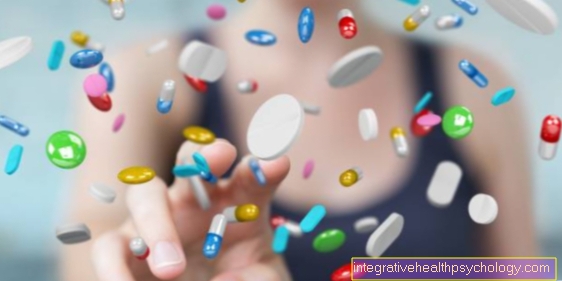

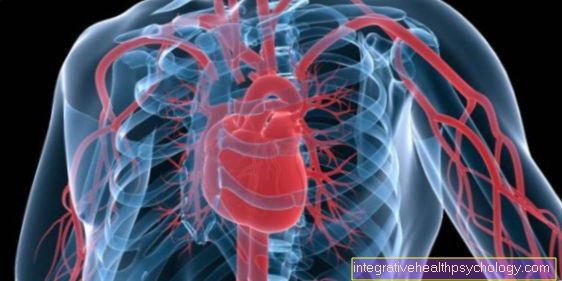


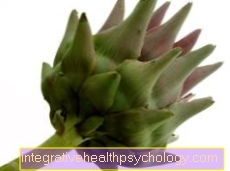
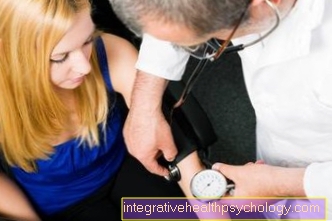
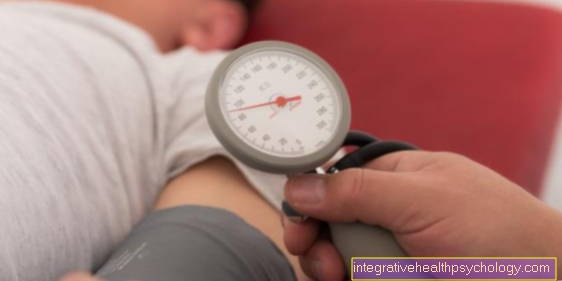

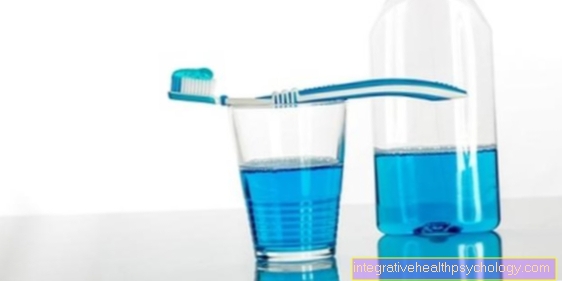
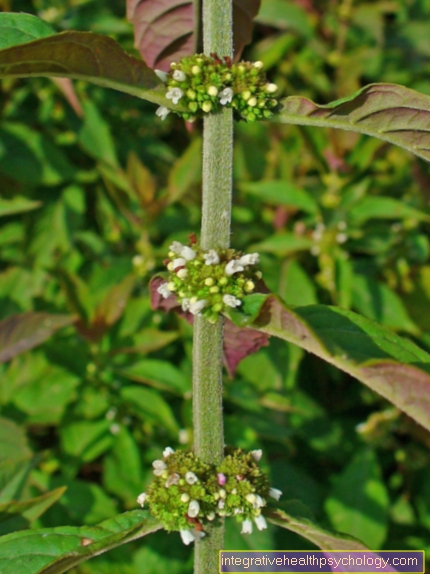
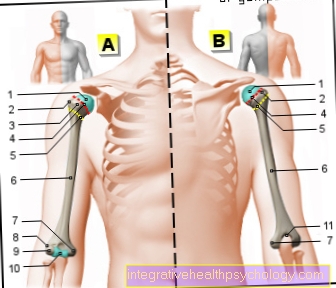
.jpg)
